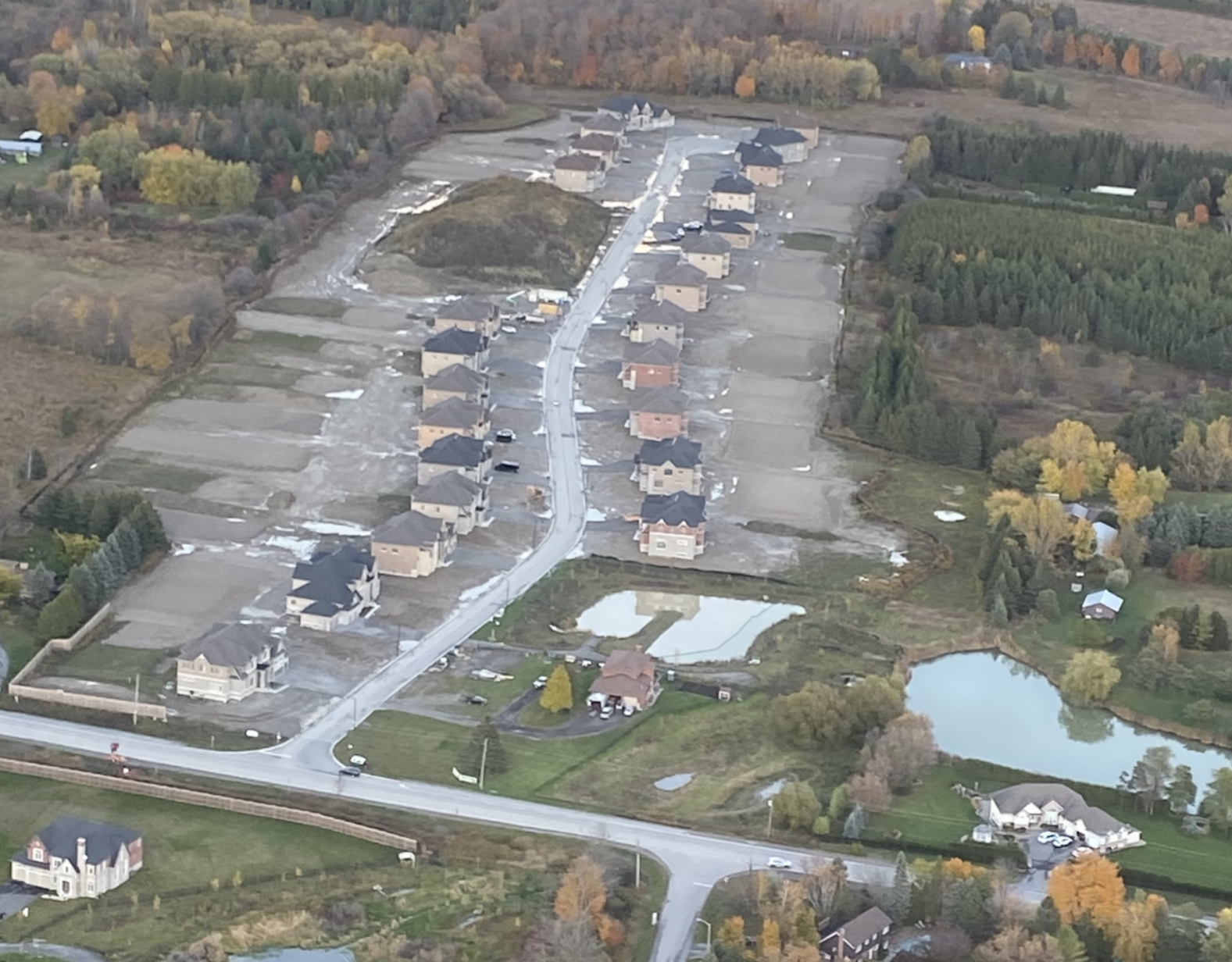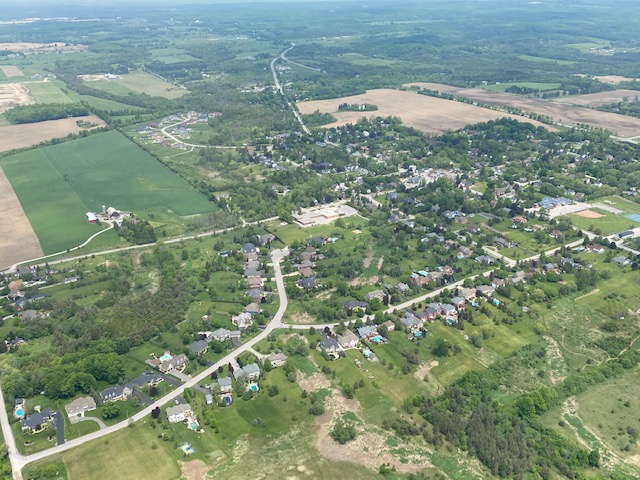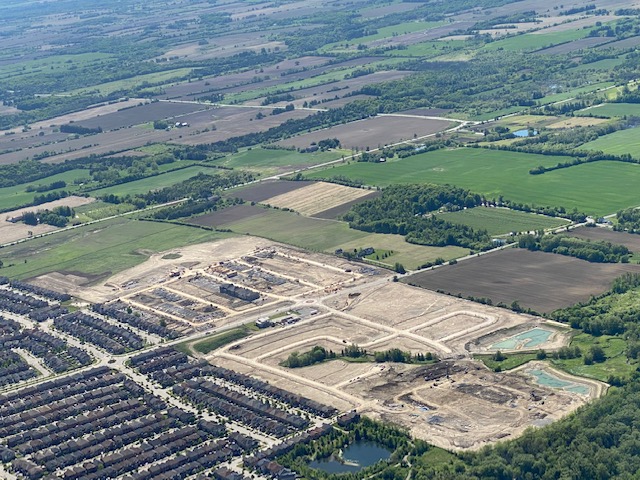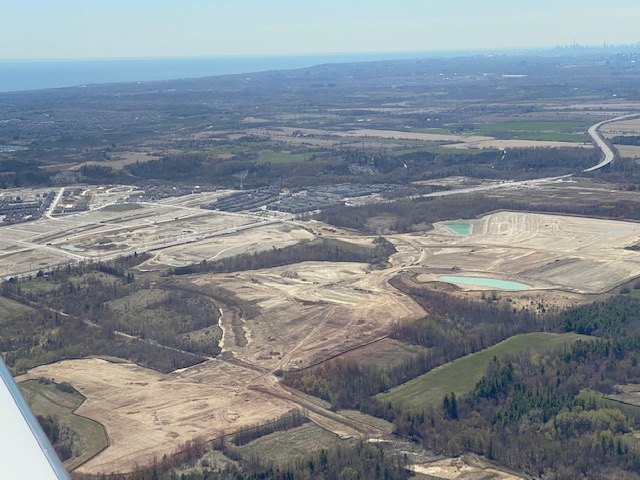
Toronto’s Housing inequalities are stunning and well known. Few would disagree that, thanks to decades of constant population growth, the Greater Toronto Area is in the worst housing crisis in its history. Yet paradoxically there are neighborhoods in downtown Toronto that have fewer people in them than they did 20 years ago thanks to upsizing housing trends.
In 2019, the Toronto region population grew by 127,000, making it the fastest growing city in North America according to Diana Petramala of Ryerson University’s Centre for Urban Research and Land Development. The centre’s long–term projection is for the GTA to remain a strong population magnet despite a short–term hit from the pandemic.
In eastern Toronto, affordable home ownership is increasingly out of reach for everyday residents, particularly millennials, new families and seniors. Even in the pandemic, new homes continue to be built at a furious pace. But, unfortunately, this is not expected to solve the issue because it’s the wrong type of housing. Each region of Toronto is different, and housing is a complex issue influenced by short term rental demand, foreign investor appetite for real estate, job creation, location and commute times. However, in the eastern Toronto region two factors stand out; the loss of local blue collar employers such as General Motors and the proliferation of large single family detached homes nicknamed “McMansions”.
Five out of six local mayors have agreed on a plan to battle the lack of employment and rising inequality by creating a new economic engine for the region, an aerotropolis. An aerotropolis is a metropolitan subregion with industry and commercial clusters sustained by an airport, according to John Kasarda, author of Aerotropolis: The Way We’ll Live Next. The new Pickering aerotropolis will be an economic engine that will create tens of thousands of high paying jobs. It will create regional prosperity enabling the affordability of housing. It will generate the local tax revenue needed to subsidize housing for those less fortunate or who are no longer in the workforce.

The new airport is the linchpin of the region’s development plan. It will be built on land already set aside and zoned for this specific purpose for the last 40 years. Once open, the growth of housing and businesses in the aerotropolis can be accelerated with new rail links. A high–frequency VIA rail stop on the line next to the airport will connect the region to Union Station in downtown Toronto, leading all the way to Montreal. As population density increases, a mass transit rail corridor that is already zoned as part of the 407 highway will connect Durham region to Mississauga and beyond.
“This will create a regional competitive advantage for the GTA”, said American academic and author John Kasarda, speaking at a Toronto Region Board of Trade meeting regarding the airport at the Westin Harbour Castle in 2019.
Other world–renowned urban thinkers agree. “The ability to compete globally means airport connectivity”, said Richard Florida, urbanist and author of The New Urban Crisis. Dr. Florida, a Professor of Economic Analysis and Policy at The University of Toronto, has written extensively on how to fix growing economic inequality and the link between local accessible jobs, economic opportunity and housing.
In his book, The New Urban Crisis, Dr Florida explores a new model of urbanism that encourages innovation and wealth creation while generating good jobs, rising living standards, and a better way of life for everyone. “We must break down the barriers separating rich from poor and rebuild the middle class by investing in infrastructure, building more housing”.
Wayne Emmerson, Chairman of the Regional Municipality of York supports the aerotropolis approach stating: “If given the opportunity, a new airport in Pickering has the potential to create tens of thousands of new jobs and fuel economic growth across York Region, Durham Region and the City of Toronto.”
But the long–anticipated new airport is on a collision course with the region’s most obvious housing trend — new large homes being built close to the land reserve set aside for the new airport. From the air, new large homes can be seen under construction in multiple locations to the North and West of the airport lands. This is setting the stage for a classic clash of NIMBYism (Not In My Back Yard) between these new home owners and the long–standing Airport zoning, referred to as the Pickering Airport Site Zoning Regulations (PASZR). Many of these new home owners specifically moved to the region for the room to build a home of their dreams. Some have a vision for the region that is a suburb of Toronto with estate homes backing onto quiet farmland with minimal economic activity.

There is nothing wrong with a housing mix that includes large homes for financially successful owners. They pay a fair share of property taxes and the affluent homeowners can contribute significantly to the local economy. However, their needs should not be allowed to outweigh the needs hundreds of thousands of other residents looking for locally accessible jobs with short commutes from reasonably priced housing.
The vast majority of local civic leaders understand the need for an urban plan that delivers a mix of housing types, respecting the spectrum of families that make up a healthy community. These leaders want their communities to grow into great cities, not just another Toronto bedroom suburb with a long commute to work. They understand that well balanced cities must incorporate all the facilities and infrastructure needed for modern life.

The Building Industry and Land Development Association (BILD) also supports the immediate development of Pickering Airport for the same reasons. A more balanced housing development is already under way to the south of the airport in an area called the Seaton Lands. This area will eventually grow to 70,000 homes able to accommodate some of the 2.7 million new citizens expected to arrive in the Greater Toronto area by 2041.
Opposing the airport development are the privileged few land lease holders who have enjoyed, and seek to continue enjoying, the exclusive use of a multi-billion-dollar public land asset. The new money and influence of the McMansion owners is sure to further confound local governments’ ability to achieve the full economic opportunity of the airport lands.
Will the wealth of a few outweigh the needs of the many? Will the region continue on a course of growing inequalities, or will new jobs and industry level the playing field for the less affluent?
The fact that the ultimate arbiter of when a new airport will be built is a distant Canadian federal government is adding to a fear of influence peddling and Toronto-bashing politics. Will the Minister of Transport, the Honorable Marc Garneau from the Quebec riding of Notre-Dame-de-Grace Westmount understand local Toronto politics or the true cost of continuing to block the airports development?
The Battle over Pickering Airport is turning into a true test of Canadian Democracy. Stay tuned, this is going to be epic.
References:
https://torontosun.com/life/homes/bild-the-pickering-airport-an-idea-whose-time-has-come
https://torontosun.com/opinion/columnists/guest-column-kick-starting-our-stalled-economic-engine
https://theworldnews.net/ca-news/gta-population-growth-topped-canadian-and-american-cities-in-2019
“Epic..” lol.. nice pictures though. ….done on company ( what company) time?
Welcome to decades of oshawa politics. Good luck with that Don Quixote.
One of my three flying jobs is as a flight instructor, so when a student is not trying to kill me I occasionally snap a photo. From the air I have been able to watch the region grow for decades.
The Pickering Lands is one of our practice areas.
Can you say “lobbyist playground”? The well healed will be very effective in stopping and development of “CYYZ EASY” also known as The never built Pickering International.